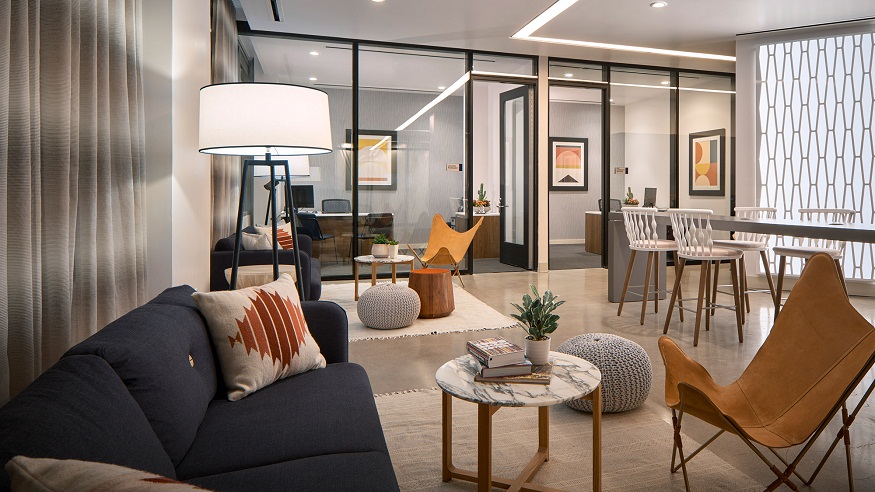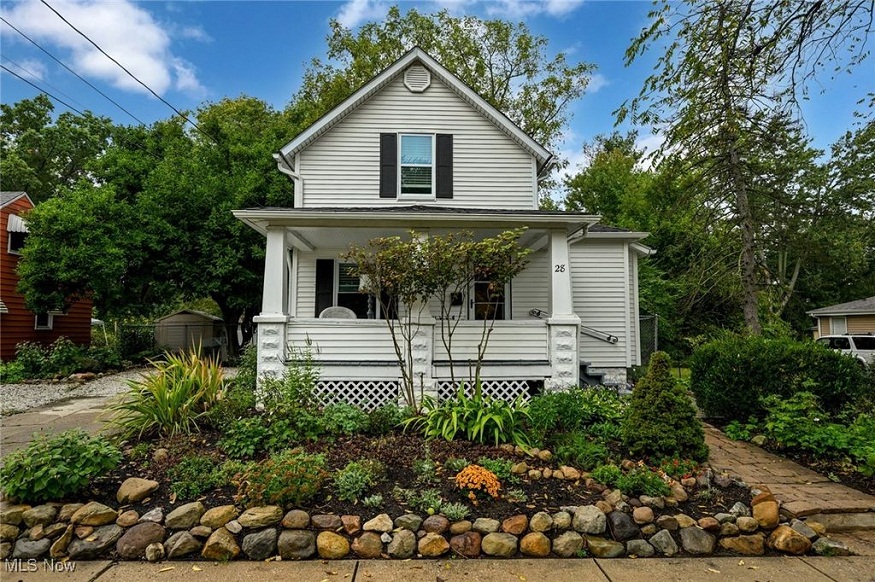
The shift towards remote work has been one of the most transformative trends in recent years. This trend has significantly impacted urban planning, real estate development, and the housing market. As Kanat Sultanbekov mentions, right from changing tenant preferences to building design and amenities, the impact of remote work on multifamily housing has especially been multifaceted and far-reaching.
Kanat Sultanbekov talks about the impact of remote work on multifamily housing
The COVID-19 pandemic acted as a catalyst for increased remote work adoption. Many companies transitioned to remote work almost overnight to curb the spread of the virus. Even though the threat of the pandemic has subsided, many companies and employees have continued to embrace remote work, marking a permanent shift in the way people work.
As remote working becomes increasingly common, the design of multifamily housing is also evolving to meet the distinctive needs of individuals working from home. A number of contemporary multifamily buildings feature dedicated home offices or adaptable spaces within individual units that can be used as workstations. Such spaces may even feature built-in desks and storage in order to facilitate a comfortable and efficient environment for remote work. Multifamily developers are today incorporating flexible floor plans that can seamlessly morph from living areas to workspaces, along with providing well-equipped business centres within buildings. Co-working spaces with meeting rooms and soundproof booths are also becoming common in multifamily housing.
The amenities desired by the “work-from-home” generation of today is also evolving. Rather than traditional gyms, many modern residents demand wellness centres where they can engage in yoga classes and meditation sessions to combat the sedentary nature of remote work. Open-air terraces and rooftop gardens also act as recharge areas for people working from home, blurring the lines between work and leisure.
The transition to remote work also affects the social dynamics within multifamily communities. As residents spend increased time indoors, spontaneous interactions and opportunities to build connections may decrease. To address this, the property management team should try to take proactive measures like arranging social events, game nights, and workshops to promote community engagement. Additionally, amenities such as rooftop barbecue areas, dog parks, and communal kitchens also facilitate informal interactions and offer spaces for residents to connect beyond their individual apartments.
The increased demand for home office spaces and adaptable layouts presents challenges for developers. Achieving a balance between these requirements, traditional unit sizes, and profitability requires strategic design approaches. Architects hence have to explore modular furniture choices, convertible room layouts, and innovative storage solutions to optimize available space. As reliable, high-speed internet access is a crucial requirement for remote work, many multifamily property developers are also investing in robust technology infrastructure, including Wi-Fi coverage throughout common areas.
As Kanat Sultanbekov points out, investment strategies for multifamily sector are also undergoing changes. Traditionally, multifamily homes near office areas and commercial hubs were high in demand as people preferred to live near their work. However, modern remove workers often prefer to settle down in well-connected suburbs or smaller towns, which provide better access to nature and outdoor spaces, .



